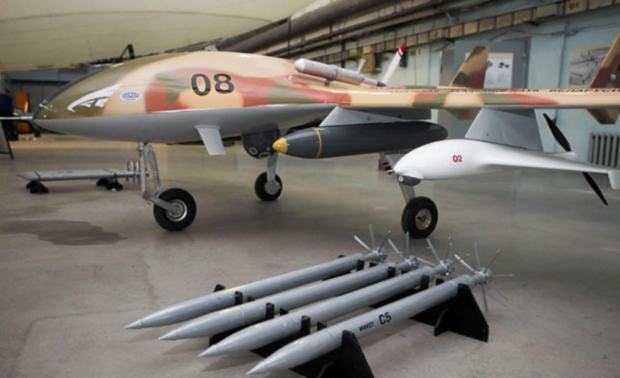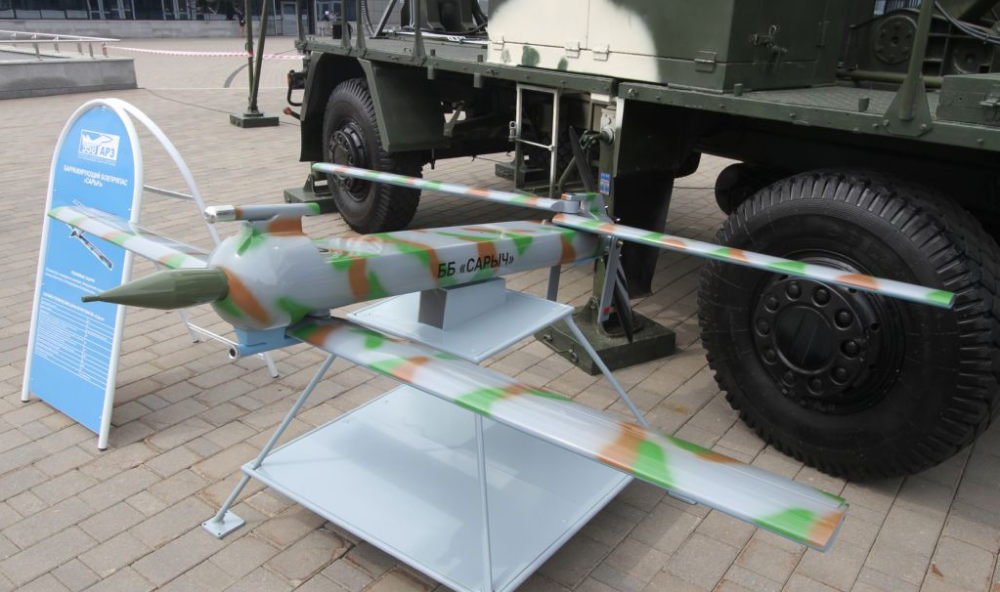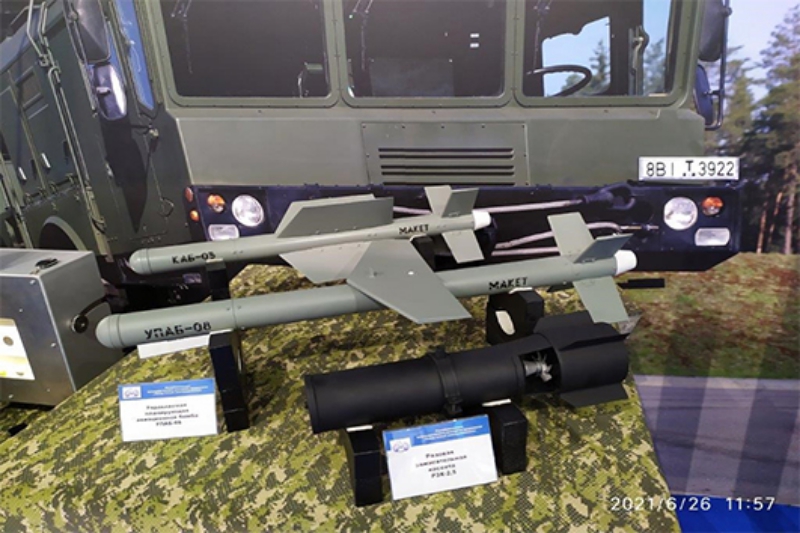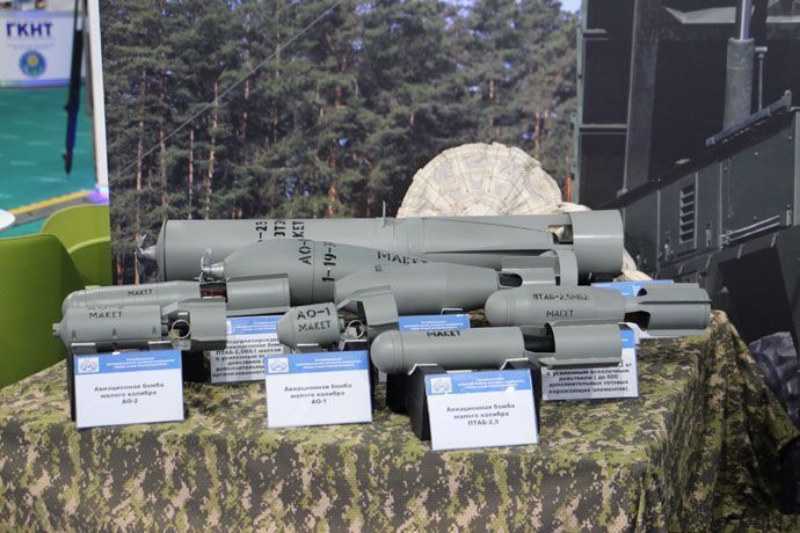Only Turkmenistan is currently confirmed to operate Belarusian UAVs, which it also produces under license. Further deals signed with Egypt, Ecuador and Vietnam for cooperation and possible production of Belarusian UAVs in these countries has so far not led any of these countries to actually operationally deploy any Belarusian UAV types.
Though offering an array of different UAV designs, including anything from PGM-toting unmanned combat aerial vehicles (UCAVs) to 70 km-ranged loitering munitions and even a delivery UAV known as SkyMule, the saturated drone market and the fact that most of Belarus’ UAVs are as of yet unproven designs are likely the major factors behind the lack of international appeal for the drones. Nonetheless, Belarusian drone technology could one day end up constituting a viable option for countries that are unable to procure Turkish or Chinese UCAVs for their (albeit often already very low) price or due to politics.
Belarus itself fields a number of indigenous drone designs alongside several types acquired from Russia. Most of these UAVs have entered service with the 927th UAS Training and Applications Center at Bereza, a former MiG-29 air base that became the hub for Belarusian drone operations in 2010. The 927th Center was originally entirely made up of service personnel previously employed by the air base’s resident MiG-29 unit (along with the air base’s resident dog Technar), but has since taken on a more professional character by solely recruiting specialised personnel.
The primary UAV types deployed by the 927th Center are the Busel (a licence-produced version of the Russian Orlan-10) and the Supercam S100 and S350, which are also Russian designs. Belarusian designs make up the rest of the country’s operational drone inventory. In addition to providing reconnaissance, another important task is target acquisition for the 336th Rocket Artillery Brigade’s BM-30 Smerch multiple rocket launchers (MRLs) and Polonez(-M) guided MRLs. Efficient integration of UAVs with these rocket systems maximises their effect on target; drones thus constitute something of a force multiplier for a number of weapons systems currently available to the Ground Forces.
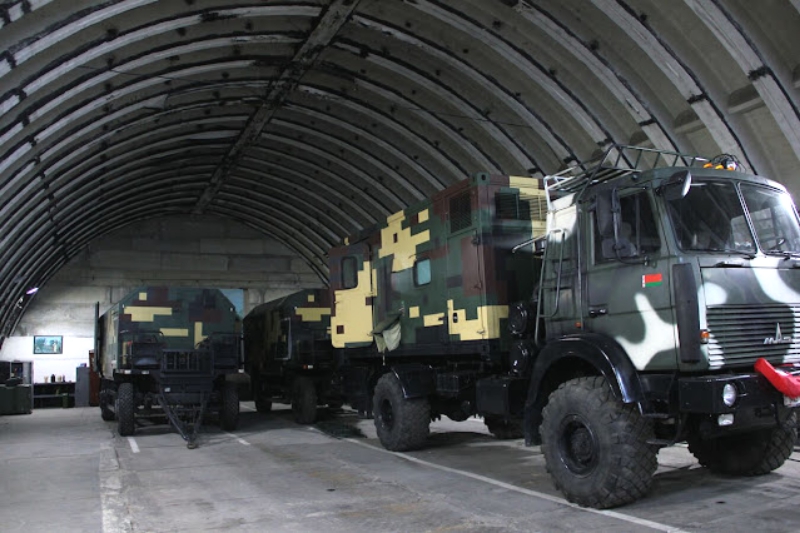
A ground control station (GCS) for one of the 927th Center’s Busel (Orlan-10) reconnaissance UAVs tucked away in a Hardened Aircraft Shelter (HAS) at Bereza air base
While the 927th Center and other subunits and branches of the Belarus Armed Forces meanwhile deploy UAVs for reconnaissance and target acquisition, the Armed Forces are as of yet lacking UCAVs and loitering munitions. Even though Burevestnik-MB UCAVs have frequently participated in the country’s biannual victory parades, these are in fact showcased as products of the country’s defence industry, not as part of the military’s operational inventory. Nonetheless, the country’s desire to introduce such capabilities to operational service has been voiced on more than one occasion
Possible types could consist of the ULA-70/1ULA-100/200 ”Grif-100” and Yastreb or perhaps even a larger Chinese design to be assembled in Belarus in a similar deal to the Chinese-designed Polonez(-M) MRL, as well as a number of smaller Chinese drone designs already assembled in Belarus by Avia Tech Systems.
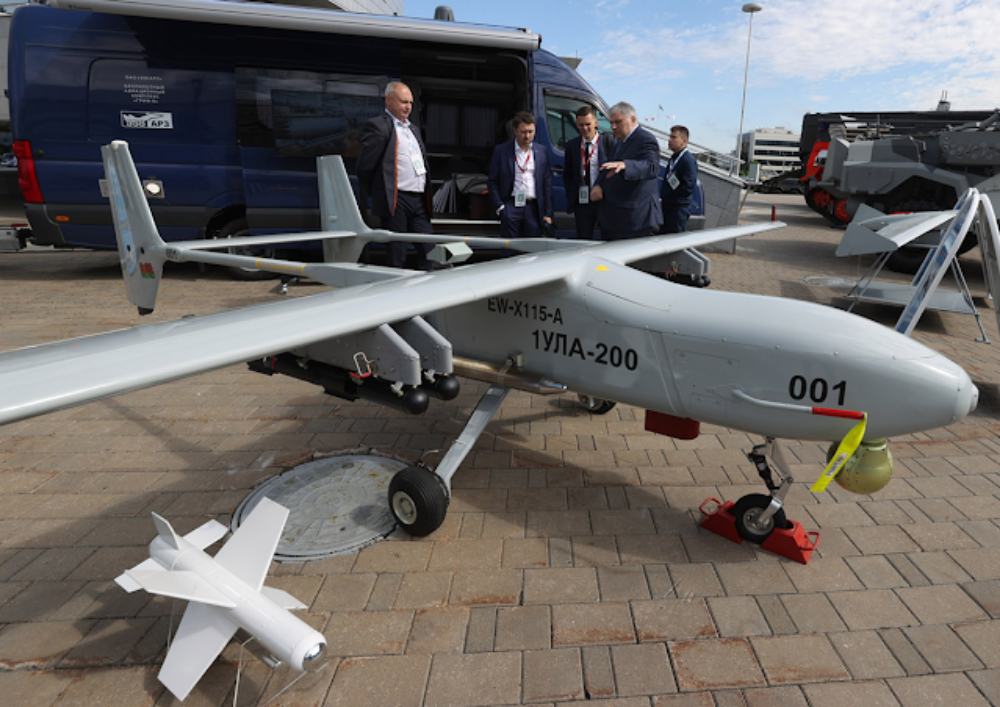
The ULA-70/1ULA-100/200 ”Grif-100” UCAV with eight unguided munitions carried under its wings. Also note the as of yet unnamed guided bomb next to the drone
The chance of most other indigenous armed drone designs entering service appears very small. Such designs include the Bur and Hunter (seen below) unmanned attack helicopters. Another exotic design is the MF-212 UCAV, which is based on the airframe of a Hungarian Magnus Fusion 212 light aircraft. This contraption, which also exists in a manned version, can carry up to two R-60-NT-T air-to-air missiles (AAMs) or R-60-NT-L laser-guided air-to-ground missiles (AGMs) or two dumb bombs. Though highly unconventional even in its manned configuration, the latter version appears to have secured an order for three examples by the Nigerian Army.
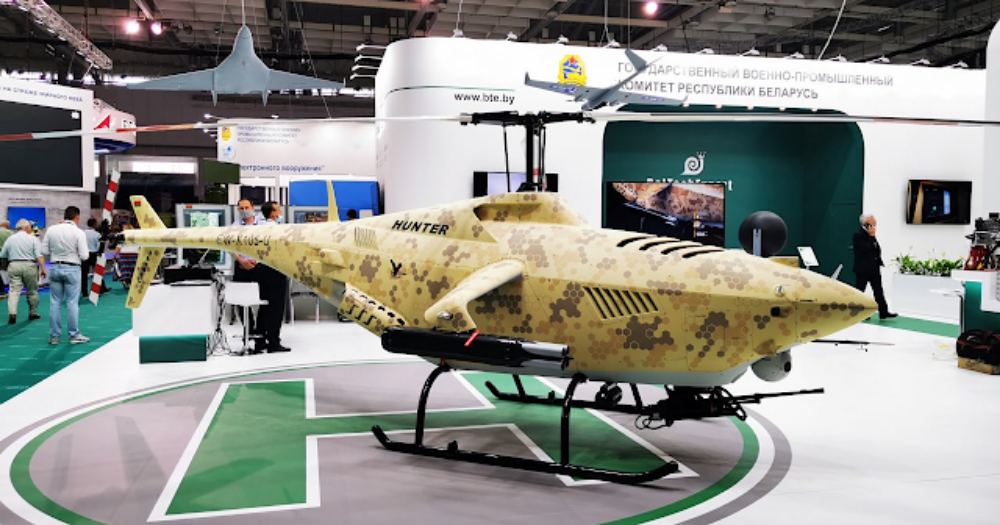
The Hunter helicopter UCAV, which can be armed with two launchers for a total of eight S-8 unguided rockets under two stub wings and a single 7.62mm PKT LMG under the fuselage. The Hunter is yet to attain any commercial success
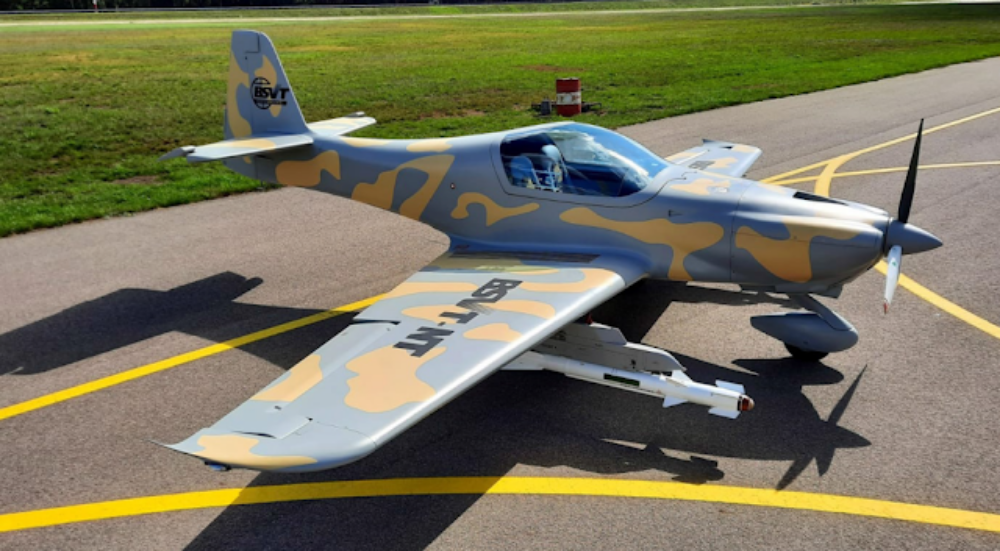
The MF-212 UCAV (shown here in its manned configuration) can carry up to two R-60-NT-L-T/L AAM/AGMs or two dumb bombs. An order for the type seems unlikely
To go with the UCAVs several payload options have been designed to make them maximally effective. This includes jamming equipment as well as a number of both guided and unguided munitions. The UPAB-08 (guided) glide bomb, KAB-05 guided bomb and an as of yet unnamed guided bomb appear the most promising of these designs.
Interestingly, Belarus has also developed a sizeable arsenal of unguided munitions for use from its UCAVs. This mirrors developments in neighbouring Russia, whose largest UCAV and loyal wingman designs are even set to deploy (O)FAB dumb bombs and even RBK-500U cluster bombs – certainly constituting an appallingly ineffective mission profile for a UCAV.
The goal of this list is to comprehensively catalogue Belarus’ inventory of unmanned aerial vehicles and their armament. The part within the apostrophes refers to other designations or an unofficial designation. In an effort to streamline the list and avoid unnecessary confusion, this list only includes military-grade drones.
[Full list available on original article – Ed.]
Source: Oryx

